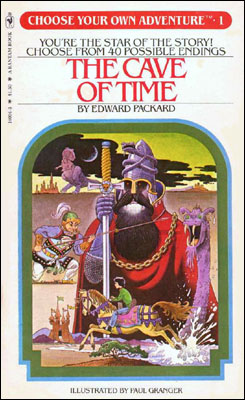RE: Professor Denis Rancourt & Academic Freedom
It is with a great deal of regret that I compose this letter. However, an overwhelming sense of alarm compels me to write to you as the president of the University of Ottawa because your institution is my alma mater, the university where I received my doctorate, worked as a part-time professor, and served many years as an elected representative on the Graduate Student Association (GSAED, 1999-2004). Collegial affiliation is a powerful “tie that binds”, and I cannot pretend that momentous events at the place that shaped me as an academic are of no concern to me now that I have taken a position elsewhere.
So it is with immense dismay that I read two recent articles in the Globe and Mail (February 6 & 11, 2009) outlining the suspension, possible firing, and forcible arrest and removal of Professor Denis Rancourt from the University of Ottawa campus.
It was at the U of O that I came to understand the power of the great ideals that have always guided the Academy. Ideals that are fundamental to the Academy’s role in a progressive and inclusive society and so compelling that if borne in mind for even a moment would surely disbar us from allowing faculty disagreements, academic differences, and/or bruised egos to cloud our judgment and let the petty politics of the day win out.
At your behest the university invoked an armed branch of the state, the police, to squelch speech. This speech did not promote hate nor incite violence, but simply took a critical view of the institution itself, and the larger polity it serves. The university’s action was not only irresponsible, but reprehensible, anathema to the very cornerstone upon which the academy rests.
There must be space for dissent and critical reflexion in a pluralistic and peaceful society and universities ought not shirk their responsibilities in this regard. To the contrary, they ought to be shining examples of it– beacons of freedom, diversity, and rational and passionate dialectic. In a world where, all too often, parties seek to resolve conflict at the barrel of a gun, or through force and intimidation, a university’s role as a space for dialogue and respectful disagreement becomes all the more evident and all the more vital. As the first point in the CAUT’s policy statement on academic freedom1 reminds:
“Post-secondary educational institutions serve the common good of society through searching for, and disseminating, knowledge, truth, and understanding and through fostering independent thinking and expression in academic staff and students. Robust democracies require no less. These ends cannot be achieved without academic freedom.” (Source)
As to the specific of Professor Rancourt’s grading policy: I first implore that we do not make the fallacious assumption to mistake grades for learning. Second, to suggest that under a pass/fail (or in Dr. Rancourt’s case an all “Aâ€) approach students do not learn, become unmotivated, or that such a system is not a well-respected and credible marking scheme is simply unfounded. I proffer the University of Saskatchewan’s medical school and the University of Prince Edward Island’s Bachelor of Education program as two examples; the former highlights that, even with something as self-evidently important as a medical doctor’s education and training, such a system can be employed to great success; the latter is an example of its adoption by those who research and practice effective pedagogy.
Professor Rancourt and I worked on several projects in my time at the University of Ottawa that I truly believe made tangible contributions to the campus, community, and greater society, despite not always sharing one view of the way forward. Had I been in his position these last four years I no doubt would have employed a different set of tactics than those utilised by Dr. Rancourt throughout his longstanding conflict with the Physics Department, the Faculty of Science, and the Central Administration. Although Dr. Rancourt’s tactics, or my tactics, or anyone else’s tactics, might offend, a discussion of them is simply not germane when the issue at hand is the fundamental right and essential need for universities to respect academic freedom and divergent viewpoints.
I believe in my academic colleagues. I believe in their intelligence, their expertise, their experience, and in their difference. I also believe that our actions should follow that which we profess. To act on anything less than the belief in the fundamental principles of academic freedom is an assault on the creative act of teaching, and an insult to the abilities and expertise of our colleagues as we seek, in the ideal, to serve in the public interest.
Respectfully,
Marc Spooner, Ph. D.




